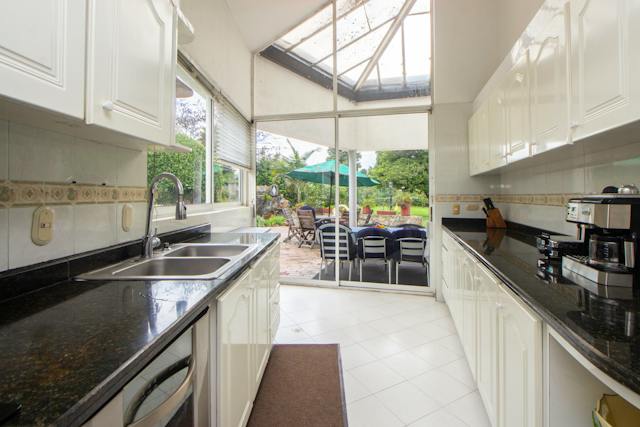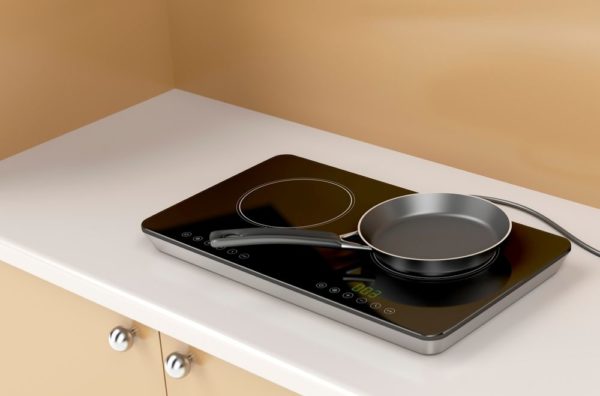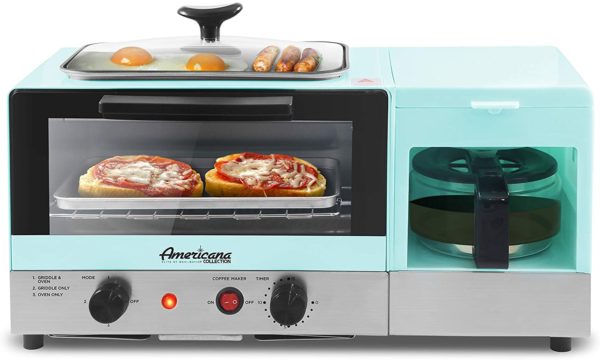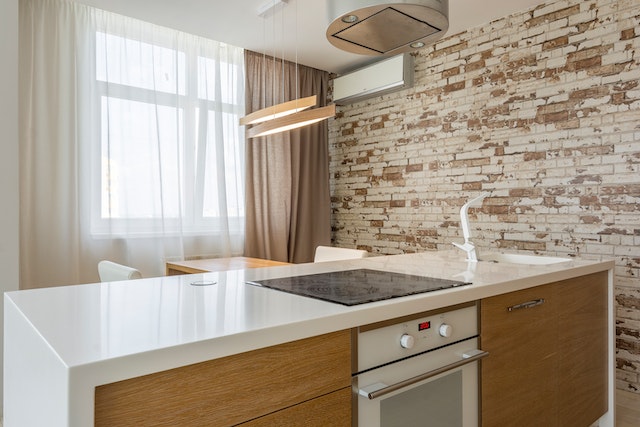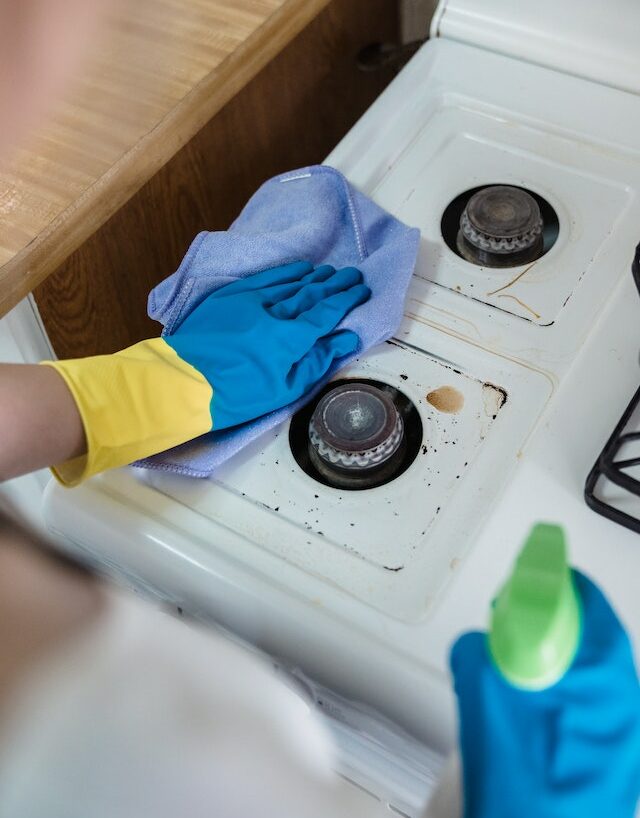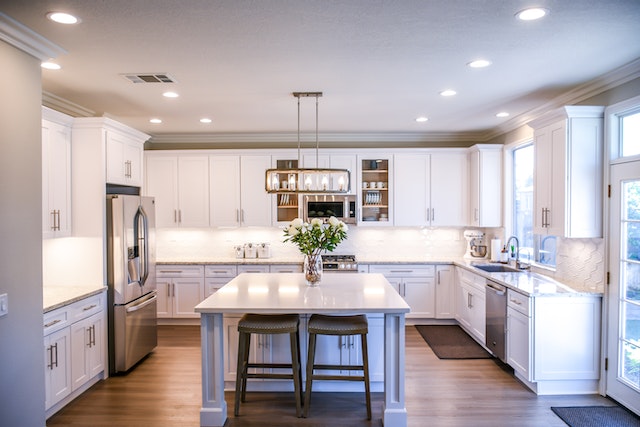Are you ready to transform your kitchen or bathroom into a space that truly reflects your style and personality?
One of the key elements in achieving this is choosing the right backsplash material. Just like a beautiful piece of jewelry can enhance an outfit, a well-chosen backsplash can elevate the entire look and feel of a room.
Imagine walking into a kitchen that feels warm and inviting, with a backsplash that adds a pop of color and texture. It’s like adding the perfect accessory to complete an outfit, instantly making you feel put together and confident.
In this article, we will guide you through the process of selecting the perfect backsplash material for your space. We will explore important factors such as durability, maintenance, style, budget, and compatibility.
By the end, you will have the knowledge and confidence to choose a backsplash material that not only enhances your space but also makes you feel like you truly belong in it.
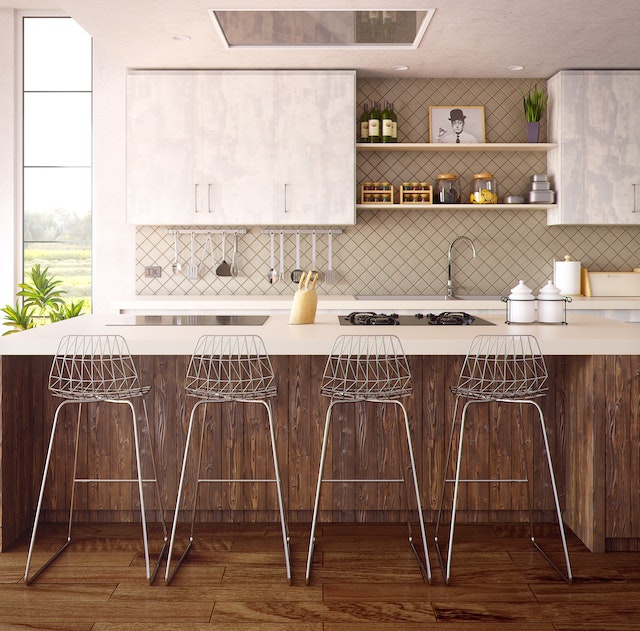
1. Durability: Finding a backsplash material that can withstand daily wear and tear
You’ll want to choose a backsplash material that can handle the daily hustle and bustle of your kitchen, from pots and pans being moved around to spills and splashes, so it’s important to find something that can withstand all of that wear and tear.
When considering durability, there are a few options to choose from. One popular choice is ceramic tile. It’s known for its durability and resistance to scratches and stains. Ceramic tiles come in a wide range of designs and colors, allowing you to find the perfect fit for your kitchen.
Another durable option is stainless steel. Not only is it easy to clean, but it’s also heat and moisture-resistant, making it perfect for a busy kitchen.
For a more natural look, consider using stone as your backsplash material. Stone is incredibly durable and can withstand heavy use without showing signs of wear. Plus, it adds an elegant and timeless touch to your kitchen.
Remember, when selecting a backsplash material, it’s important to consider both durability and aesthetics. You want a material that can handle the demands of your kitchen while also complementing the overall style of the space.
By choosing a durable backsplash material, you can ensure that it’ll stand the test of time and continue to look beautiful for years to come.
2. Maintenance: Considering the level of upkeep required for different materials
To keep up with maintenance for different backsplash materials, it’s important to consider the level of upkeep required for each option. Some materials may require more attention and care than others, so it’s crucial to choose a backsplash that fits your lifestyle and desires for minimal maintenance.
To help you make an informed decision, here is a table outlining the maintenance requirements for popular backsplash materials:
| Material | Cleaning | Sealing | Stain Resistance |
|---|---|---|---|
| Ceramic Tile | Easy to clean with regular household cleaners. | Requires periodic sealing to protect against stains. | Resistant to most stains, but lighter colors may show dirt more easily. |
| Glass | Wipe down with glass cleaner or vinegar solution. | Generally does not require sealing. | Highly resistant to stains and easy to clean. |
| Stainless Steel | Clean with mild soap and water. | Does not require sealing. | Resistant to stains and fingerprints, but may show water spots. |
| Natural Stone | Clean with stone-specific cleaner and avoid harsh chemicals. | Requires periodic sealing to prevent staining. | Varies depending on the type of stone, but some can be prone to staining. |
By considering the maintenance requirements of different backsplash materials, you can choose one that aligns with your desired level of upkeep. This way, you’ll be able to enjoy a beautiful and well-maintained backsplash that suits your lifestyle.
3. Style: Exploring different design options and choosing a material that matches your aesthetic
Get ready to be blown away by the endless design options available for your backsplash, allowing you to create a stunning aesthetic that’ll make all your guests green with envy!
When choosing a backsplash material that matches your style, consider the following:
- Color: Select a material that complements the overall color scheme of your kitchen or bathroom. Whether you prefer bold and vibrant hues or soothing and neutral tones, there are options to suit every taste.
- Texture: Add depth and visual interest to your space by opting for a backsplash material with texture. From sleek and smooth to rugged and rustic, the texture can help create a unique and inviting atmosphere.
- Pattern: Play with different patterns to create a visually striking backsplash. From classic subway tiles to intricate mosaic designs, patterns can transform a plain wall into a work of art.
- Material: Consider the material’s durability and maintenance requirements. From traditional ceramic tiles to modern glass or stainless steel, there are various options to choose from. Select a material that not only looks great but also fits your lifestyle and is easy to clean.
By exploring these design options, you can create a backsplash that reflects your personal style and makes you feel a sense of belonging in your own home.
4. Budget: Evaluating the cost of different materials and finding one that fits within your budget
Finding a backsplash material that suits your budget can be a fun challenge, as you search for the perfect balance between affordability and style. Your backsplash is an important part of your kitchen or bathroom design, and it’s essential to find a material that not only looks great but also fits within your financial constraints.
To help you make an informed decision, here’s a table that compares the cost of different backsplash materials:
| Material | Cost Range |
|---|---|
| Ceramic Tiles | $5-$10/sq ft |
| Subway Tiles | $8-$15/sq ft |
| Glass Tiles | $10-$20/sq ft |
| Stainless Steel | $15-$30/sq ft |
As you can see, there are various options available at different price points. Ceramic tiles are a popular choice for their affordability, while glass tiles offer a sleek and modern look at a slightly higher cost. If you’re looking for something more durable and unique, stainless steel might be the right choice for you, although it comes with a higher price tag.
By considering your budget and comparing the costs of different materials, you can find a backsplash that not only complements your style but also fits comfortably within your financial boundaries. Remember, finding the right backsplash material is all about creating a space that you love and that makes you feel like you truly belong.
5. Compatibility: Ensuring the backsplash material complements the overall design and color scheme of your space
Creating a cohesive and visually appealing space requires careful consideration of how the backsplash material harmonizes with the overall design and color scheme. When choosing a backsplash material, it’s important to think about how it will complement the existing elements in your space.
Look for materials that enhance the overall aesthetic and create a sense of belonging.
One way to ensure compatibility is to choose a backsplash material that picks up on the colors or patterns used in other areas of your space. For example, if you have a kitchen with warm wooden cabinets, a backsplash with earthy tones can tie everything together. On the other hand, if your space has a more modern and sleek design, consider a backsplash material with clean lines and a minimalist look.
Another important factor to consider is the texture of the material. If your space has a lot of smooth surfaces, such as stainless steel appliances or glossy countertops, a textured backsplash can add depth and visual interest. Conversely, if your space already has a lot of texture, such as exposed brick or rough wood, a smooth and sleek backsplash can provide a nice contrast.
By carefully selecting a backsplash material that complements the overall design and color scheme of your space, you can create a harmonious and inviting atmosphere that truly feels like home.
Frequently Asked Questions
Can I use a backsplash material that requires a lot of maintenance if I don’t have much time for upkeep?
If you don’t have much time for upkeep, it’s best to avoid backsplash materials that require a lot of maintenance. Instead, opt for low-maintenance options like ceramic tiles or glass panels.
Are there any backsplash materials that are specifically recommended for high-traffic areas?
For high-traffic areas, consider durable backsplash materials like porcelain or glass. They are easy to clean, resistant to stains, and can handle daily wear and tear. They’ll keep your kitchen looking great with minimal effort.
How do I know if a backsplash material will be compatible with my existing countertops and cabinets?
To ensure your backsplash material matches your countertops and cabinets, consider their colors and textures. Aim for a harmonious blend, like a symphony of hues and patterns, creating a seamless flow in your kitchen that makes you feel at home.
Are there any eco-friendly backsplash materials available?
Yes, there are several eco-friendly backsplash materials available. Some options include recycled glass tiles, reclaimed wood, and natural stone. These materials not only look great but also help reduce your carbon footprint.
Can I install a backsplash material myself, or do I need to hire a professional?
You can definitely install a backsplash material yourself! It’s a DIY project that can save you money and give you a sense of accomplishment. Just make sure to research installation methods and follow instructions carefully for a successful outcome.
Conclusion
So, now that you’ve considered the factors of durability, maintenance, style, budget, and compatibility, you’re ready to choose the perfect backsplash material for your space. Remember, it’s important to find a material that can withstand daily wear and tear while also matching your aesthetic.
For example, imagine you have a modern kitchen with stainless steel appliances and sleek white countertops. A glass tile backsplash would add a touch of elegance and reflect light, creating a stunning visual effect in your space.
